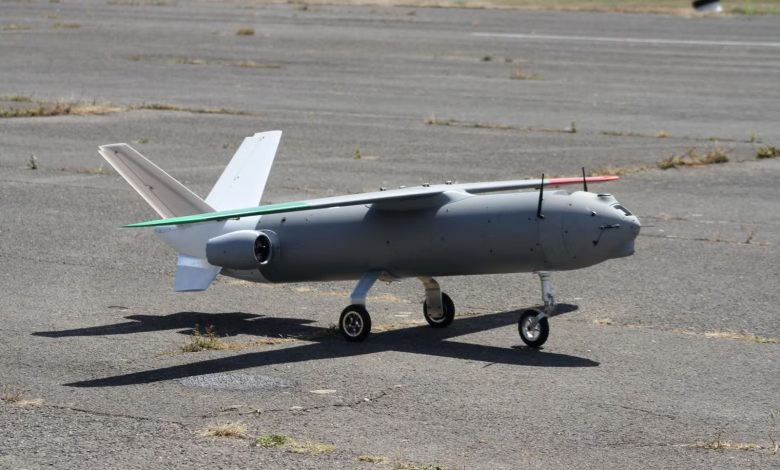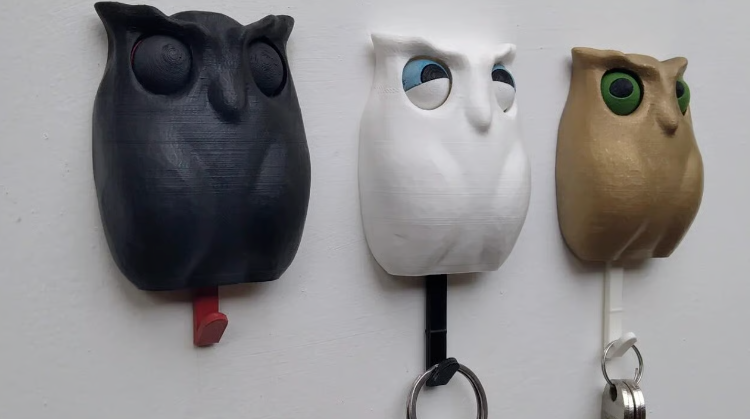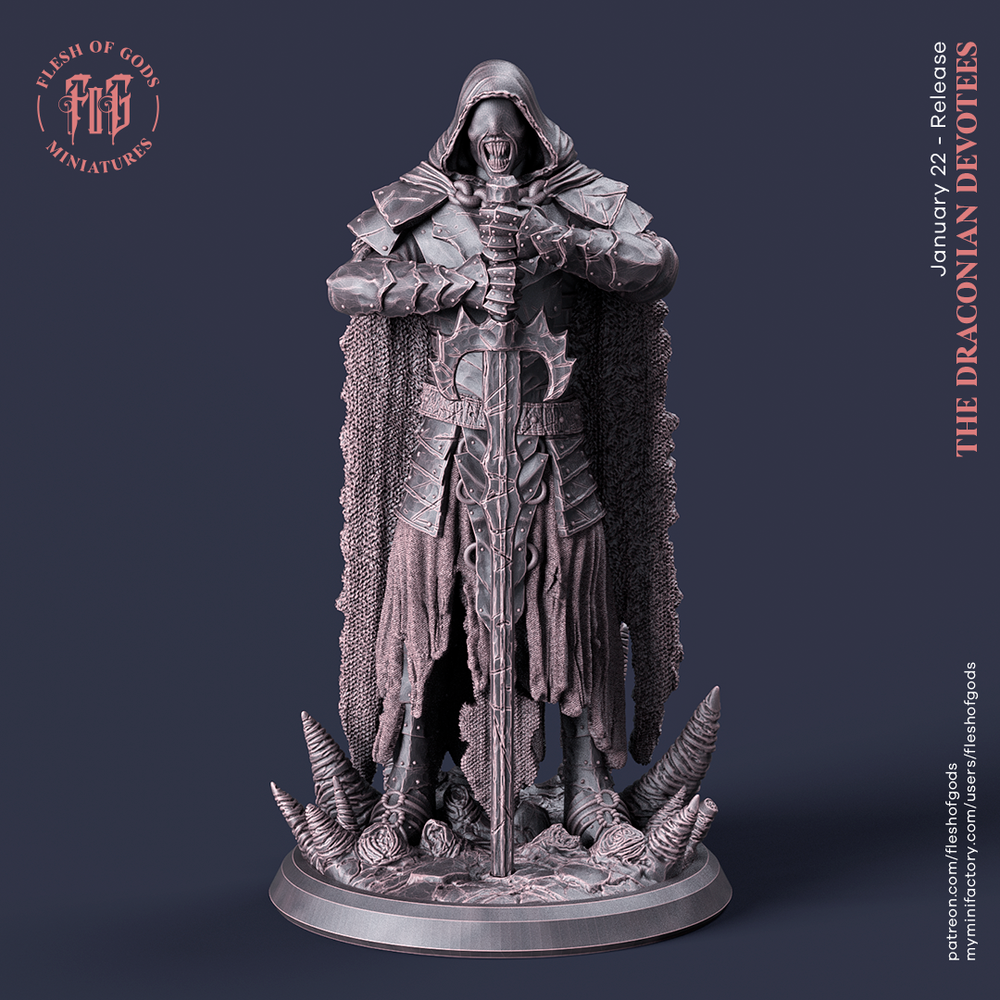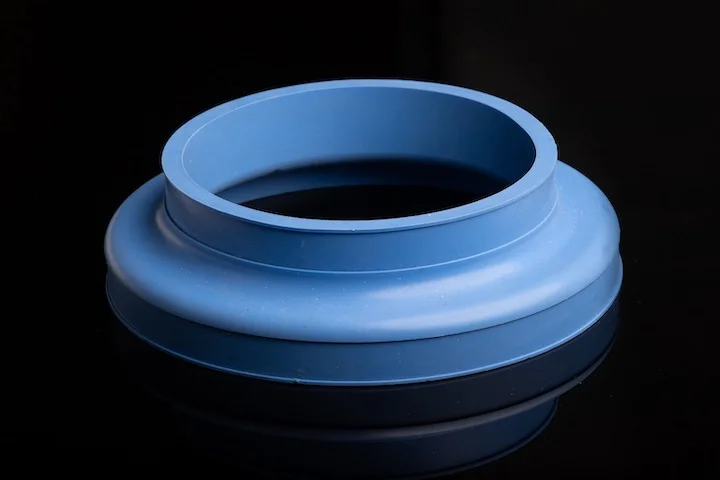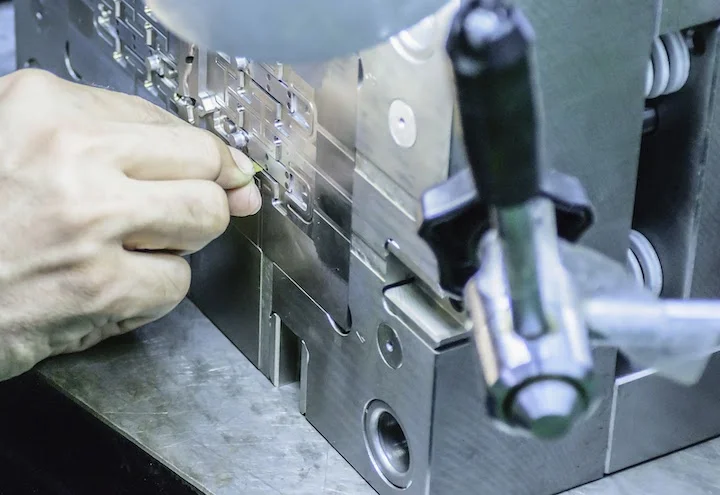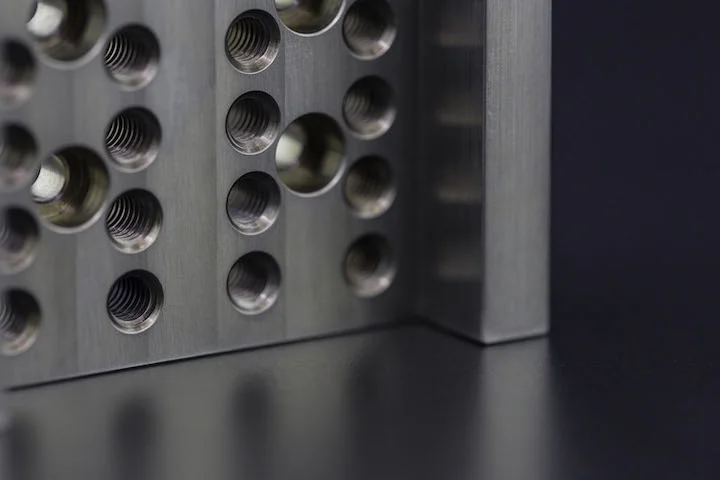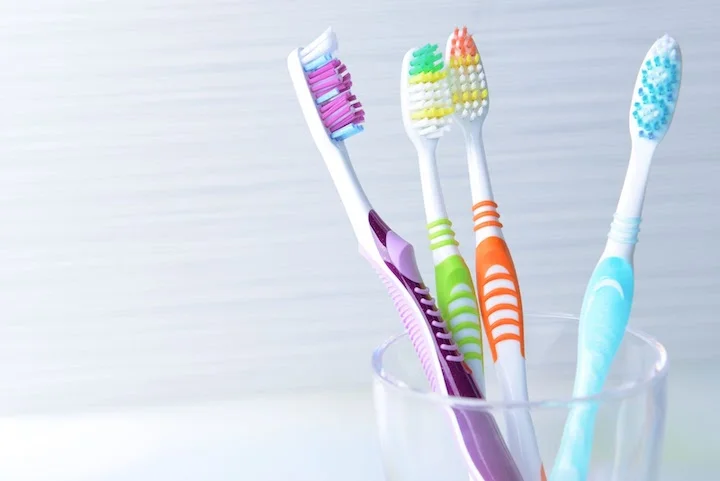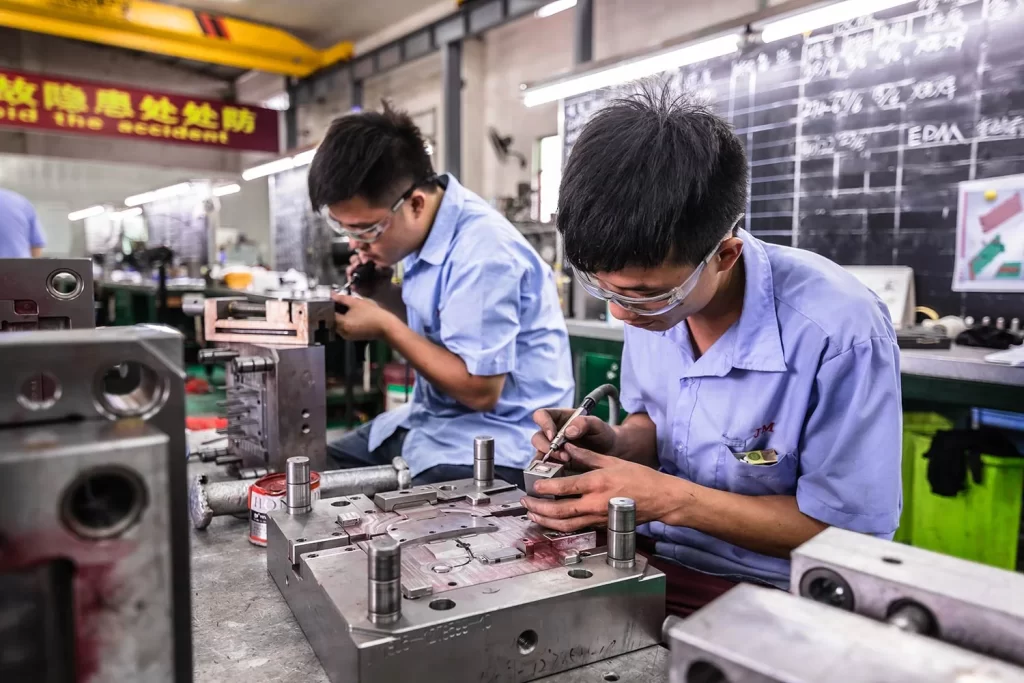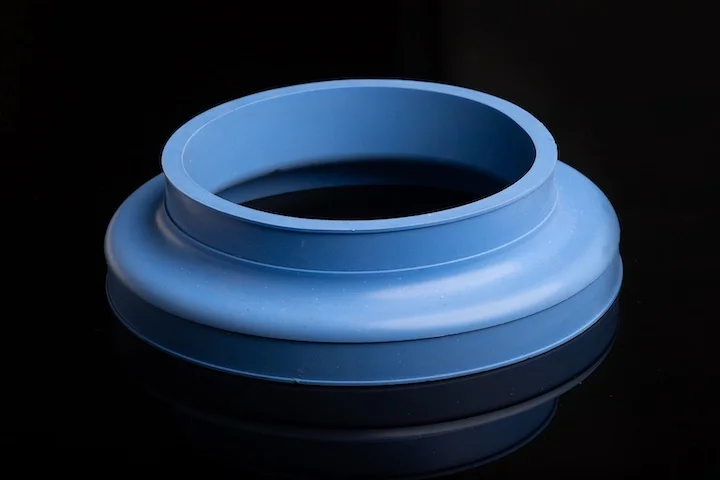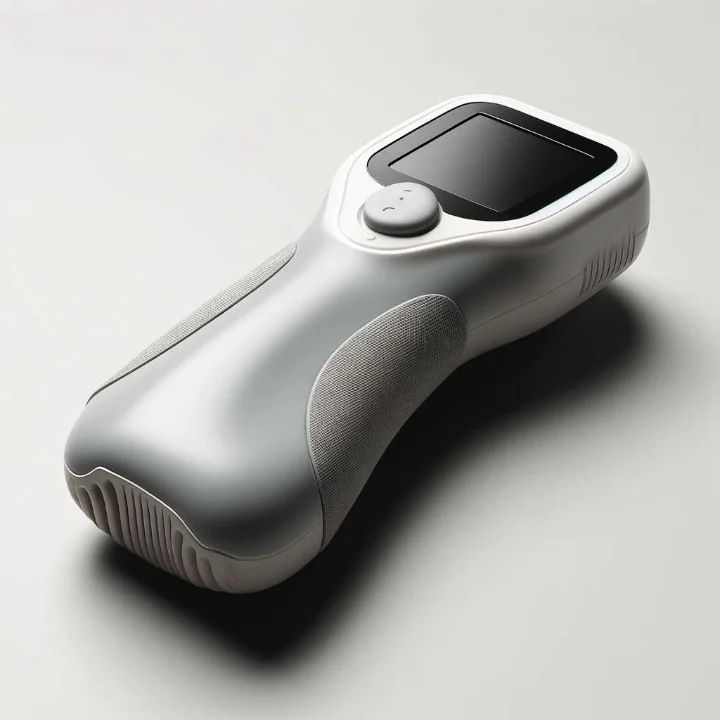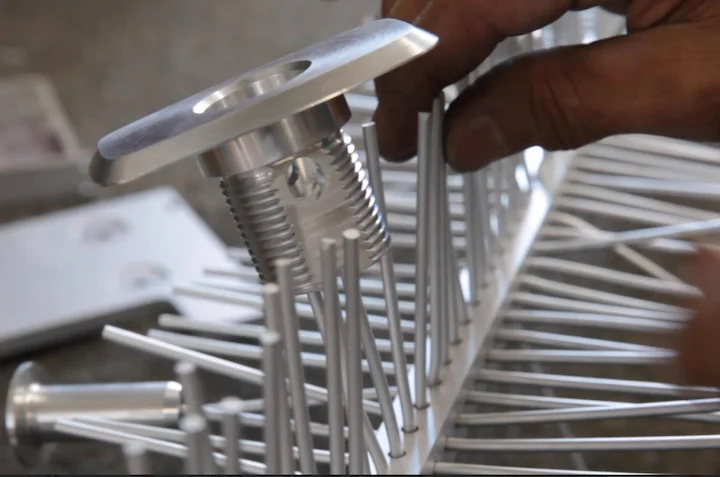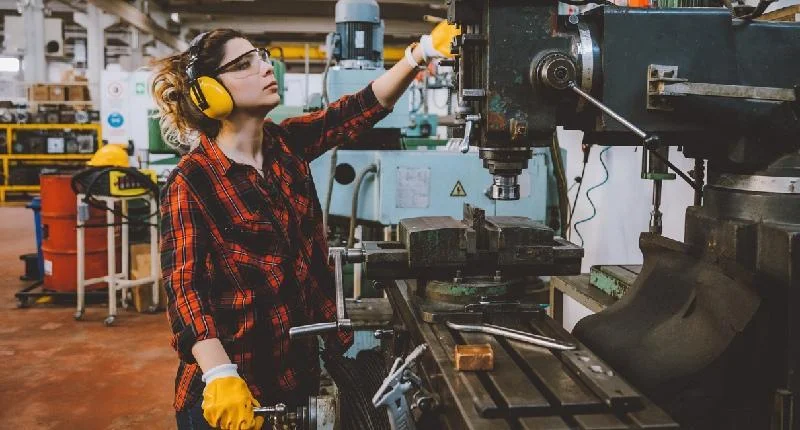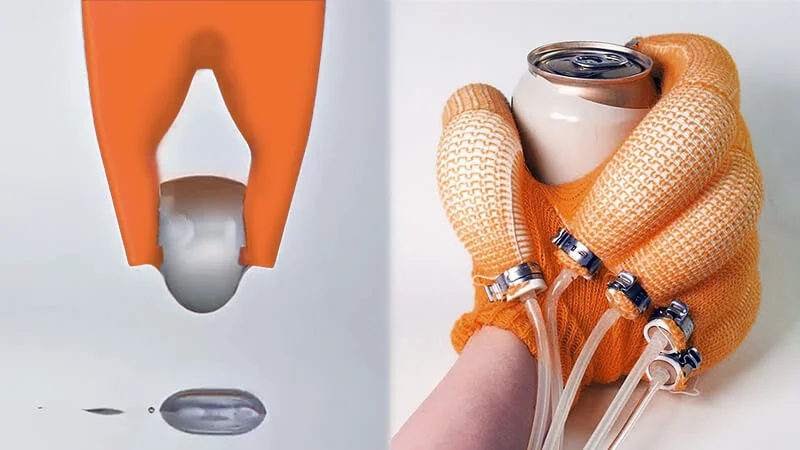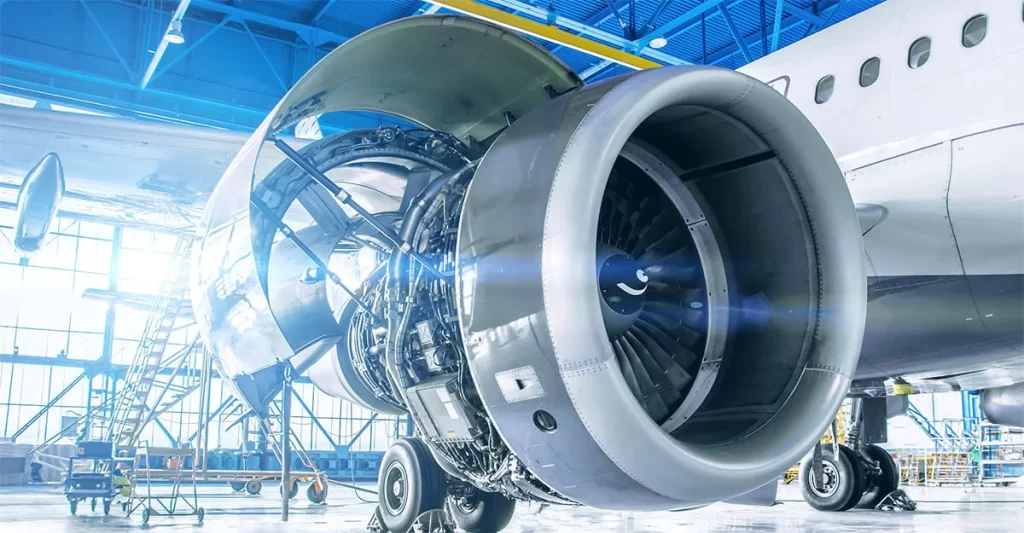Urban wildlife has shown remarkable adaptability to urban environments, whether through behavioral changes or physiological adjustments. For instance, a study on rodents in Chicago found that the inner ear bones of meadow voles have evolved to be smaller, which may help mitigate the impact of noise pollution in urban areas. Nevertheless, humans must recognize the challenges our urban spaces pose to animals and assist them by providing convenient and safe environments. In this regard, a team from the Technical University of Munich (TUM) has developed a 3D-printed wall facade that serves as a nesting shelter for local wildlife.
This wall panel is a prototype made from local clay materials (40% of which are recycled), 3D-printed in a geometric tessellation-like structure. The cladding also integrates small gaps, allowing local bird species such as sparrows and black redstarts to enter the hollow space between the structure and the wall to build nests. Additional entry points are integrated at the bottom of the 3D-printed facade to enable hedgehogs to create a sheltered home for themselves. Reportedly, this wall cladding is the first of its kind, capable of accommodating over 20 birds and hedgehogs.
This 3D-printed nesting structure is part of the broader ECOLOPES project, which aims to envision a more comprehensive urban environment that provides a suitable and healthy ecosystem for all living beings. As described in the project: “In ECOLOPES, we propose a radical transformation of urban development: instead of minimizing the negative impact of urbanization on nature, we aim to plan and design urbanization such that nature—including humans—can co-evolve in cities.”
The project is led by Professor Wolfgang Weisser, Head of the Department of Terrestrial Ecology at TUM, and involves Professor Kathrin Dörfler, Head of the Department of Digital Construction, as well as Dr. Iuliia Larikova, a researcher specializing in “additive manufacturing of climate-friendly and biodiversity-enhancing facade components” at TUM.
The completed facade prototype has been installed at the Feierwerk Südpolstation event center in Munich. It not only provides nesting sites for birds and hedgehogs but also offers cooling spaces for animals through its self-shading structure. This means it is designed to prevent direct sunlight from reaching the structure, potentially reducing heat inside the building for humans as well. As this 3D-printed structure prototype is evaluated at the event center, the team behind it plans to create and install more wildlife-friendly wall structures, including on the historic water tower in Ingolstadt.
Last year, a distinct but bird-related 3D-printing initiative in the UK involved installing 3D-printed bird models on artificial nests along the Suffolk coast to encourage kittiwakes to breed near wind turbines. Early results showed that the birds did follow these fake 3D-printed birds and settled down to nest in the nesting stations initiated by Ørsted.
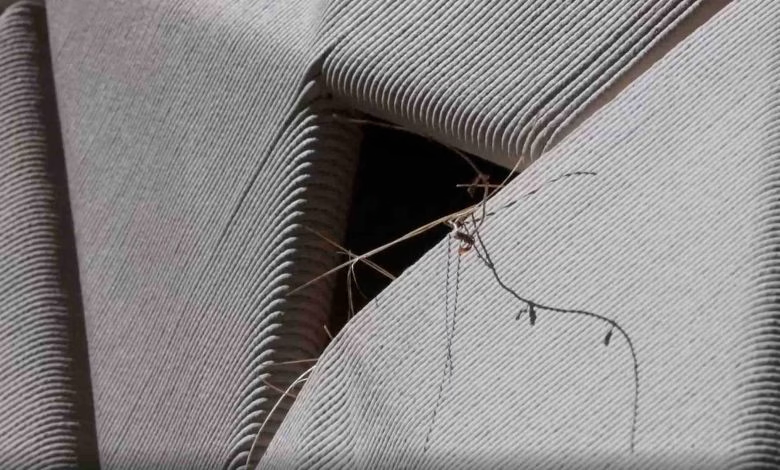
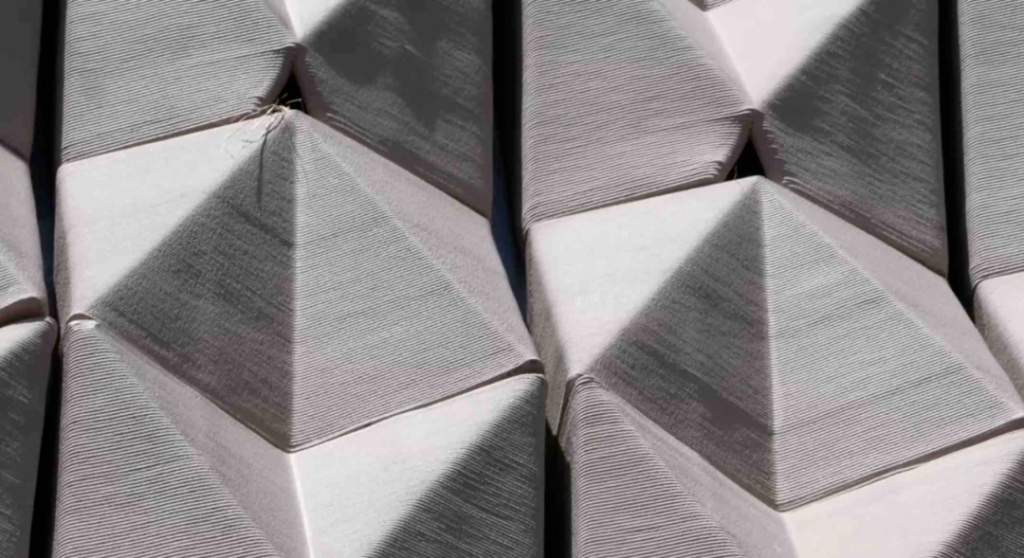
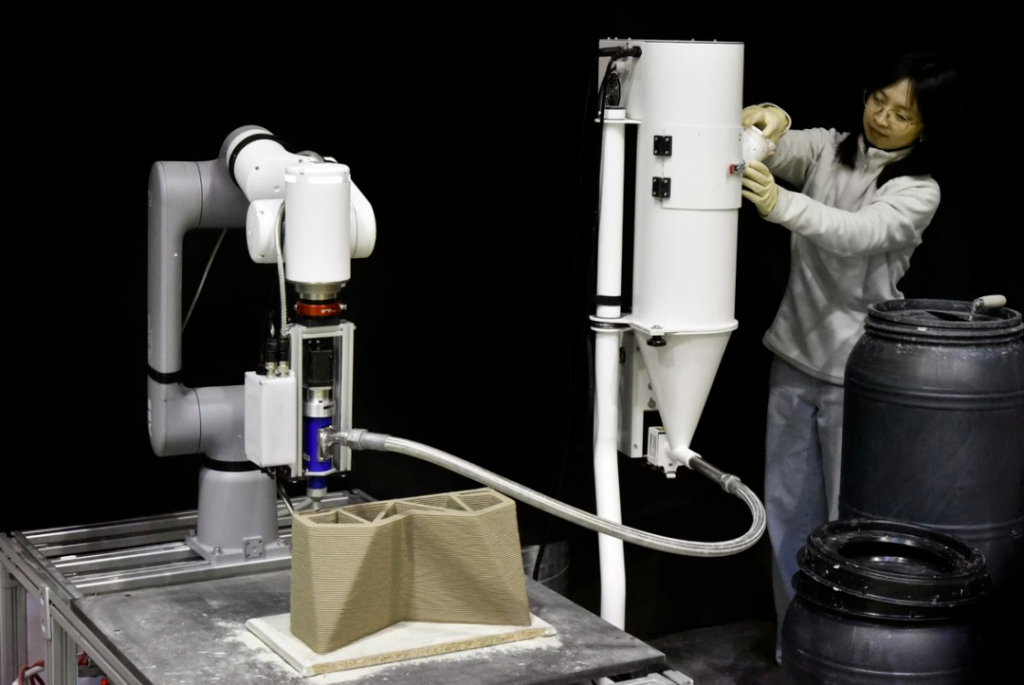
For more information, please contact us at Debaolong Seiko. You are also welcome to upload your designs to Debaolong Seiko for a quote.







